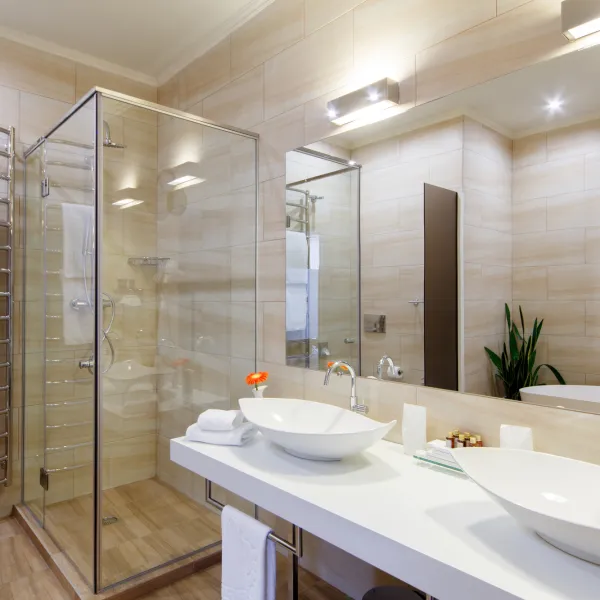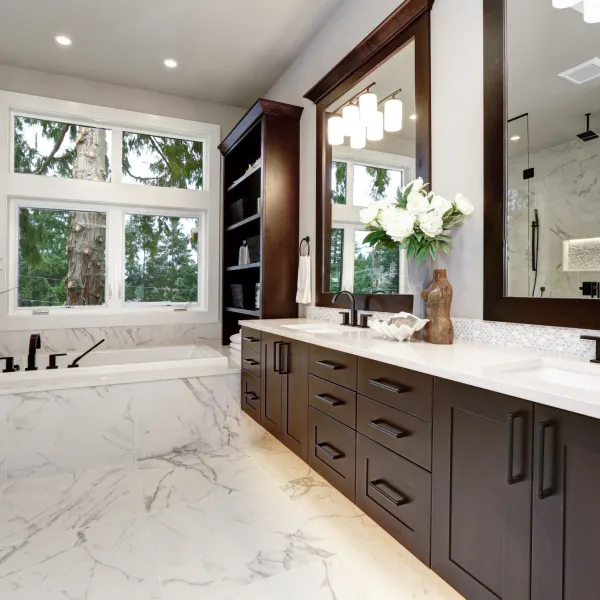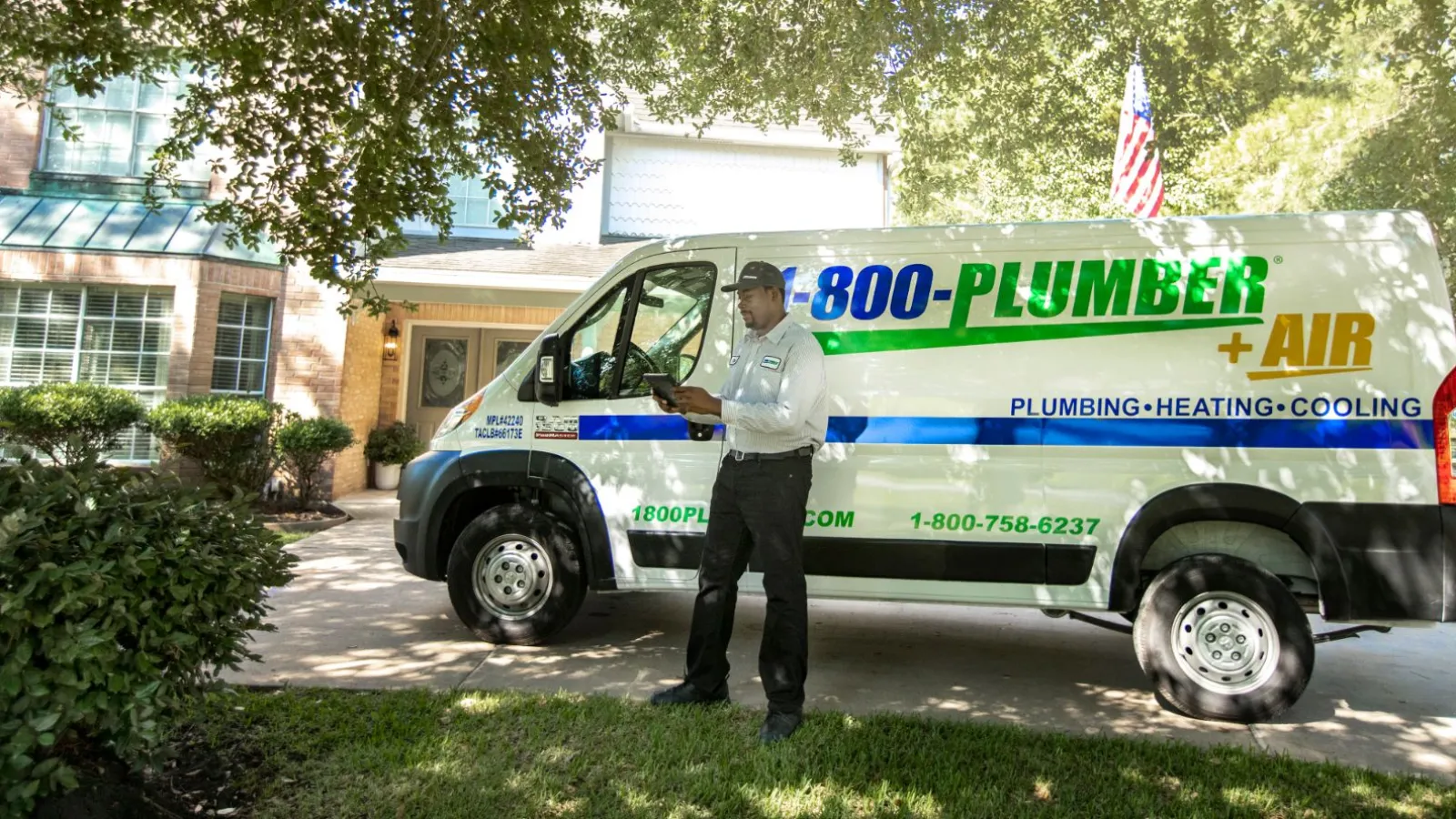
A Complete Guide to Bathroom Plumbing Layout Drawings
The cost to fix a main water line leak can cost as much as $2500. Repairs to a leaking pipe in the ceiling is also in that range. While a slab leak repair can cost you $2000.
Plumbing repairs can be expensive. One way to try to avoid them is to ensure your initial plumbing is well installed. The initial layout is usual planned ahead of construction or a renovation.
A bathroom plumbing layout drawing is one way to ensure your bathroom installation is done correctly the first time. Although you may hire a professional plumbing company to complete the work, it is good to know what bathroom installation or renovation entails.
This will help you to ensure the work is up to code. Familiarizing yourself with the layout drawings before the start of the project will help determine the cost of the project including the materials needed.
Here are a few essential things you should know about a bathroom plumbing layout drawing and how it can assist when you need to do a bathroom renovation or new installation.
Ready to
GET IT FIXED?
Contact Us Now!

Bathroom Plumbing Fixtures
Plumbing fixtures are the main elements that are visible in the bathroom. They include the bathtub, toilet, sink and shower. Your choice of fixtures allows you to reflect your personal style in your bathroom.
Placement of your fixtures requires careful planning. They are usually installed close to or on the wet wall of the bathroom to reduce long horizontal runs of vent and pipe drains.
The wet wall is an interior wall that contains water lines and the main stack. It is thicker than most walls in order to easily accommodate these. For a standard five by eight-foot bathroom, there should be at least 24 inches of space in front of the toilet. However, it is okay if the bathroom door swings into the space.
It is usually a code requirement that fixtures not be closer than 15 inches from a toilet's centerline. You should also keep in mind that a standard tub is 60 inches long by 32 inches wide. So, if your plans include a larger tub, just adjust the layout so that it fits.
Sinks and vanity sink tops range in size from 20 to 30 inches in width. Again, if your design calls for a longer vanity, such as a 'his and hers', then cater for that in your layout.
Standard Height of Plumbing Fixtures
The layout of your bathroom should be efficient and allow ease-of-use. This includes ensuring that each fixture is at its required height. Determine your fixture heights by considering that in a standard five by eight-foot bathroom, the ceiling should be at least seven feet high.
Here are some of the standard heights of the fixtures that allow a person of average height to use them comfortably.
Vanity: three feet
Water taps: three feet for faucet and sink
Bathtub: 15 to 20 inches for a freestanding tub; the length ranges from four and a half to six feet with the width ranging from 27 to 32 inches
Toilet: regular bowls are 15 inches high but the new 'comfort' or 'right' height ranges from 17 to 19 inches
There are also standard heights for additional fixtures found in the bathroom including the mirror, shower head, cabinet, towel rail, toilet paper holder and light switch.
Plumbing Tools Required
To ensure you're well-prepared for a bathroom renovation or installation, double-check that you have all the tools required. Here's a list of some of the more common tools that you may need to use:
Water pump pliers
Pipe wrench
Strap wrench
Basin wrench
Drain auger (drain 'snake')
Pipe/Tubing cutter (pipe shears)
Closet auger (toilet 'snake')
Hacksaw
Some of these are used to cut pipes made from specific materials. They're important because pipes are one of the main requirements for a bathroom project.
Three-inch diameter PVC is often used for the main drain, and the length leading from the toilet to the drain. Depending on the local codes you may require a four-inch main drain.
Some plumbers also prefer to run larger vent pipes. Cast-iron drain pipes can be used, but these need to be installed by a professional.
The most common material for water supply lines is rigid copper pipe. In Oregon, the pipe materials allowed include PEX, PVC, ABS, and CPVC. Half-inch pipe is usually used for bathrooms but for maximum water pressure, run three-quarter pipe to the bathroom and use half-inch only for short runs.
Always check the pipe size and length requirements in your area.
Getting Your Bathroom Right the First Time
Bathroom renovations can be a costly undertaking. You want to ensure you don't spend more than you have to, by planning your project well. Using a bathroom plumbing layout drawing is one way to ensure this.
There are many plumbing companies in Portland, Oregon that can provide this service for you, as well as complete the installation or renovation of your bathroom. But it is important to find a reputable company with experience and knowledge.
1-800-Plumber +Air is a well-established company that provides plumbing services in Portland, Oregon. We also provide emergency repairs. Schedule your plumbing service with us today!
24/7
Availability

No surprise
costs at the end of a job

On-Time
Committed to on-time arrivals


